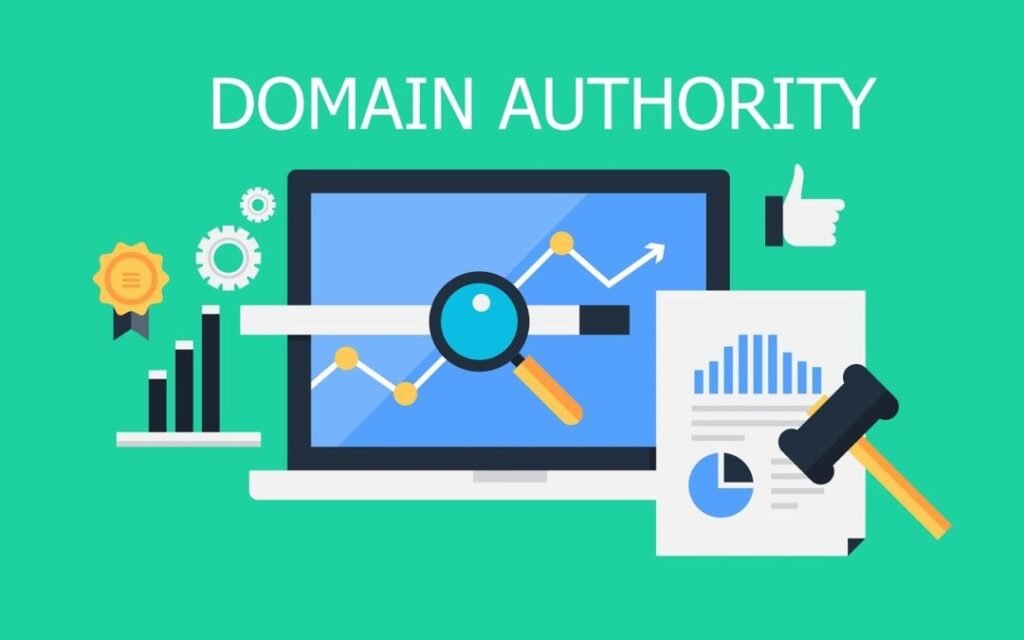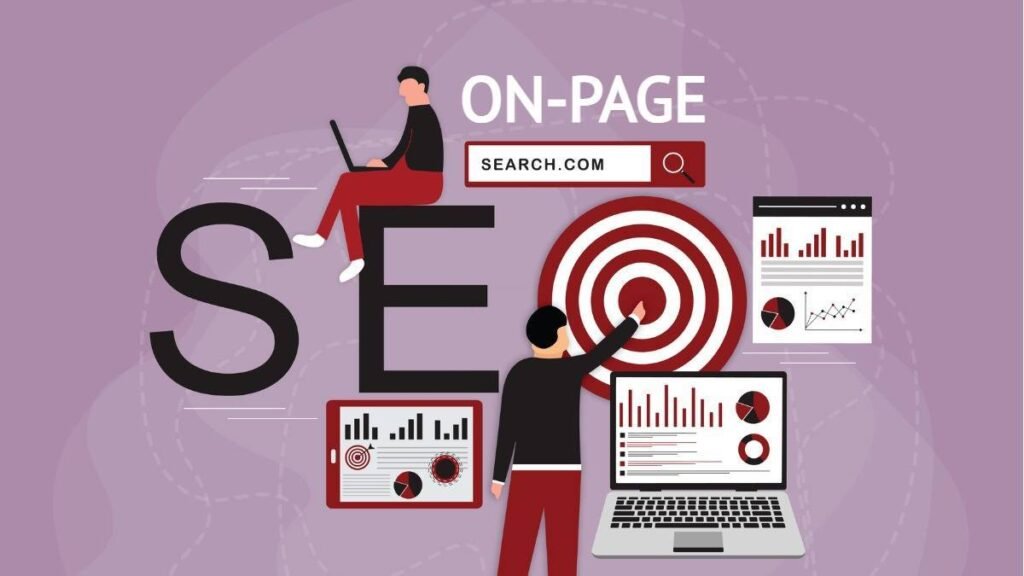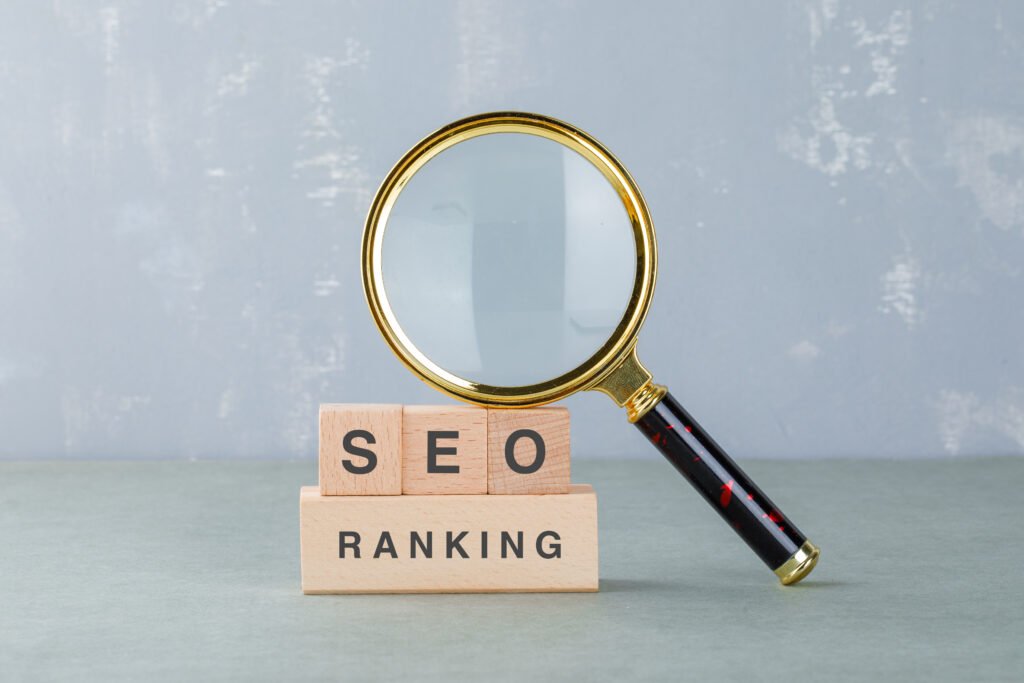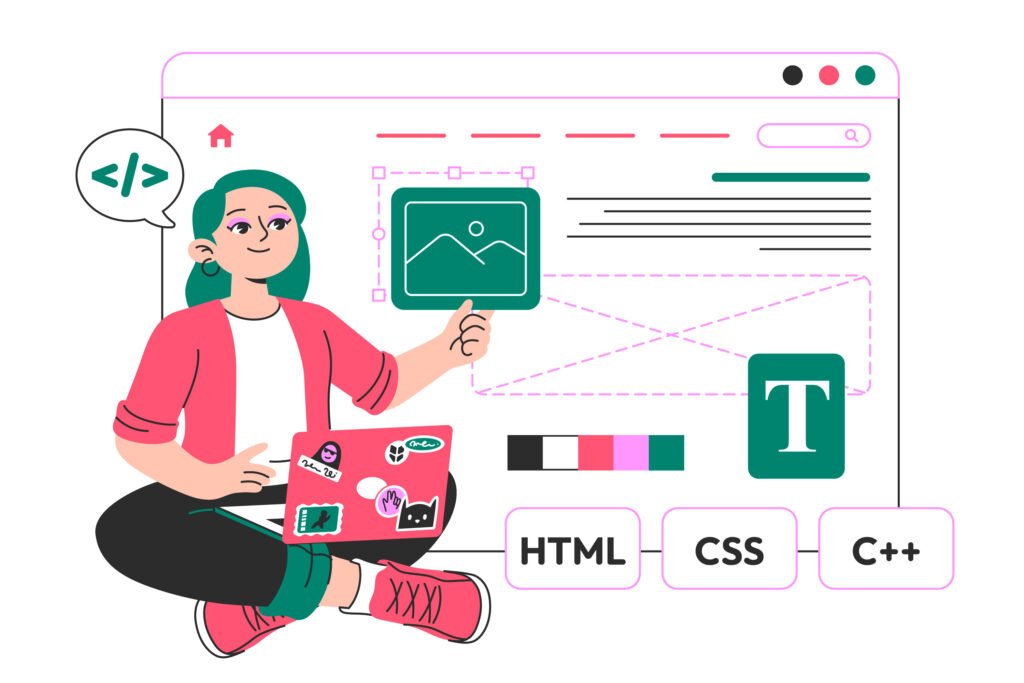9 Common SEO Mistakes That Harm Website Performance

Introduction
Even small SEO mistakes can curb your rankings in Google and traffic consistency. These mistakes can have such a negative impact as either a tiny business owner, digital marketer, or content creator when it comes to how your website is seen and performed online. If you have not looked at, or overlooked these SEO aspects altogether, then it only leads to poor visibility, lower engagement, and missed conversion opportunities.
These SEO mistakes, such as not considering search intent, or not taking mobile-first indexing into account, can come off as small mistakes, but they happen quite often, and they can impact your online performance without you even realizing it. In this piece, we will discuss the sharing common mistakes, so you can avoid these mistakes to improve your website’s performance, user experience, and position on the Search Engine Results Pages.
9 Common SEO Mistakes That Affect Website Performance
These SEO mistakes may seem minor, but over time they can greatly affect your website’s visibility, and traffic, and eventually performance overall. Even if you run a blog, or maybe an eCommerce store, or simply run a business site, not caring about the foundations of SEO will mean lower rankings, and missed opportunities. In this guide, we will demonstrate the 9 most used errors and how to fix them, which will help your site perform, and rank better in the areas that count the most.
Mistake #1: Neglecting Keyword Research
One of the most common basic SEO mistakes is neglecting keyword research or simply not valuing it. If you use the wrong keywords – or none at all – your content will not match what the users are searching for, and that would severely impact your SEO results while also making it tough to rank at Google.
Having the best SEO tools at your disposal is pivotal, using things like SEMrush, Ahrefs or Google Keyword Planner can easily allow for you to feature search volume, SEO difficulty or user behavior. Once you know these things, you can write your content to feature realistic keywords and intent on your audience at the same time.
Not investing in the proper keyword research is one of the most frequent SEO Mistake, however it can prove to be most costly, especially for new website or blogs trying to grow their SEO traffic from scratch organically.
Mistake #2: Not Grasping Search Intent
Another big SEO mistake is having content on the site that is not matching search intent. Just because you have the right keywords doesn’t mean you are providing the user an answer that is in line with what they expected.
There are four primary categories of search intent – informational, navigational, transactional, and commercial. If these are not handled properly, you are mostly likely producing content that ranks poorly; even if the on-page SEO is otherwise good.
To avoid the SEO mistakes, always ask yourself, “What is the user really looking for when they put this query in?” If you can answer this correctly, you are likely to perform better across every SEO metric.
Mistake #3: Publishing Low-Quality Or Thin Content
Publishing thin content is a major SEO mistake that can be detrimental to rank and user trust. Thin content is articles that don’t contain substantial information, lack any real value, or are pages containing a few lines of text.
Search engines favor comprehensive, relevant, and well researched content. Writing 300 words filled with keywords is just not going to happen anymore. Writing thin content is particularly bad from an SEO purposes for blog posts, landing pages and product descriptions.
Using structured formats, including expert quotes, and prioritizing depth of content over length. Influencing tools such as on-course SEO to view and analyze the top performing pages can give you ideas when creating helpful content that satisfies both user intent and search engines.
Mistake #4: Missing or Poor Meta Titles & Descriptions
Omitting and/or poorly optimizing your meta titles and meta descriptions is also one of the most ignored SEO mistakes you can make. These two elements are the first impression your content can make on search engines and users.
A weak or missing meta title can create confusion for search engines about your relevance to a particular topic. An uncreative/hubristic meta description can negatively affect your click-through rates, even with a good SEO ranking.
To maximize your results keep your meta title less than 60 characters and your meta description less than 160, include your primary keyword, and include a strong call-to-action that reflects the SEO intent of the page.
Mistake #5: Using Unoptimized or Missing Images
Poor image optimization is one of the hidden SEO mistakes and can both slow your site down and hurt your technical SEO. Large file sizes, missing alt text, or unrelated images can all hurt your page speed issues and the accessibility of your site.
Each image should have a descriptive file name and include alt text with keywords pertinent to that image (no stuffing, as always). This not only helps accessibility and image search ranking, but helps your overall SEO campaign as well.
Make sure to compress your images using sites like Tiny PNG and use the newer types of files like WebP. This can potentially speed up your site tremendously and that will help your overall site speed for SEO reasons.
Mistake #6: Broken Internal Links
Another area that is often ignored in SEO mistakes is internal linking—or even worse, broken internal links. Internal links will help spread link equity throughout your entire site, guiding users to related pages, and increasing dwell time as well as SEO metrics.
When you are doing internal linking, you should be including good anchor text to provide users with meaning. Then, link related pages together in a way that creates a web of good navigation to similar information across your site. This is opposed to broken links, which create less than ideal user experience and present your site with a poor maintenance history, which in turn affects your on-page SEO score.
To audit your internal links, leverage sites like Screaming Frog and Ahrefs to identify and fix common internal link issues before they become overwhelming and put you in a much tougher situation.
Mistake #7: Skipping Mobile Optimization
Just as ignoring desktop users can no longer be ignored, neglecting mobile users is still one of the biggest SEO mistakes. With Google’s mobile-first indexing, if your website is not mobile-friendly, you could be losing SEO traffic.
Make sure your website uses responsive design, loading speed, and navigates clearly on all devices. You should be using Google’s Mobile-Friendly Test tool to help identify and solve technical SEO issues that could impair your site’s performance.
Mobile optimization is no longer just a good idea, it is now essential to achieve modern SEO success.
Mistake # 8: Not Earning or Managing Backlinks
Another common off-page SEO mistake, that cripples your website’s authority and trust, is not building or monitoring your backlinks. Backlinks appear as confidence to search engines, especially high-quality and relevant ones.
Start with building link building foundations with guest posts or outreach and digital PR. Use SEO tools to supervise your backlink profile regularly to disavow rotten backlinks that can harm your ranking.
Remember: link building is not about volume; it is about quality and relevancy. Quality and relevancy makes link building the foundation of off-page SEO success, and a critical portion of any successful SEO strategy.
Mistake #9: Neglecting Conversion Optimization
Lastly, if you can avoid ignoring the conversion optimization aspect of your website, you will avoid one of the worst SEO mistakes of them all – focusing on rankings and traffic and not converting that traffic into leads or sales.
Even when you are ranking for your targeted key phrases, poor design, misleading or confusing CTAs or offering little to no value to visitors can still lead to high abandonment rates. SEO is far more than just traffic – it is about achieving results.
To increase SEO performance, you should align content strategy with each of the stages of the customer’s journey, have clear CTAs, A/B test and leverage analytics to optimize your pages for conversions.
In fact, the true end goal of SEO is business, not visibility.
Conclusion
Recognizing and eliminating common SEO mistakes can vastly improve search visibility, overall performance and long being successful for your website. While we look at terrible keyword targeting, neglecting search intent, or forgetting to optimize for mobile, SEO mistakes tend to be invisible to the untrained eye; generally only noticed after rankings and website traffic takes a colossal downturn. If you can recognize and simultaneously resolve these key issues by putting the right SEO tools and techniques into practice, your site will be able to maintain competitive results search engines.
At AGTC, we work with organizations to reveal SEO mistakes that may be adversely impacting their business results. We leverage technical SEO audits, on-page optimization, link building, and sites with conversion tracking, AGTC provides tangible results via objective data. AGTC can support organizations in kicking off new SEO campaigns, or optimizing existing campaigns, minimize costly errors and keep clients aligned with current SEO trends. AGTC makes SEO decisions less guesswork and more properly researched, therefore organizations can rank, convert, and grow.
FAQ
-
What are the most frequent SEO mistakes to avoid?
The most frequent blunders are skipping keyword research, ensuring alignment with the searcher’s intent, publishing thin content, ignoring searching mobile optimization, and forgetting meta tags or creating poor meta tags. If you can avoid these, you will improve your overall rankings and SEO metrics.
-
How do SEO mistakes cause harm to a website’s performance?
SEO mistakes harm a website’s performance by decreasing visibility in search engines, raising bounce rates, and lowering user engagement metrics, etc. These can turn into lost traffic and conversions over time.
-
Can one SEO mistake severely hurt my Google rankings?
One SEO mistake can severely hurt your site’s visibility, for example, blocking your site to indexing or even launching with bad backlinks can be detrimental. Ongoing mistakes often lead to negative SEO performance metrics and eventual loss of ranking over time.
-
Why is keyword research significant in guarding against SEO mistakes?
Keyword research is crucial for targeting the terms users are actually looking for. Ignoring this important step is a significant SEO mistake that commonly results in low traffic & rarely achieves adequate rankings.
-
How can I fix the SEO mistakes on my website?
To fix whatever SEO mistakes you have on your website, you should conduct regular audits using something like Google Search Console, Ahrefs or SEMrush. Focus on improving the technical SEO, optimizing your content, fixing broken links, and ensuring a good experience for mobile users!


















